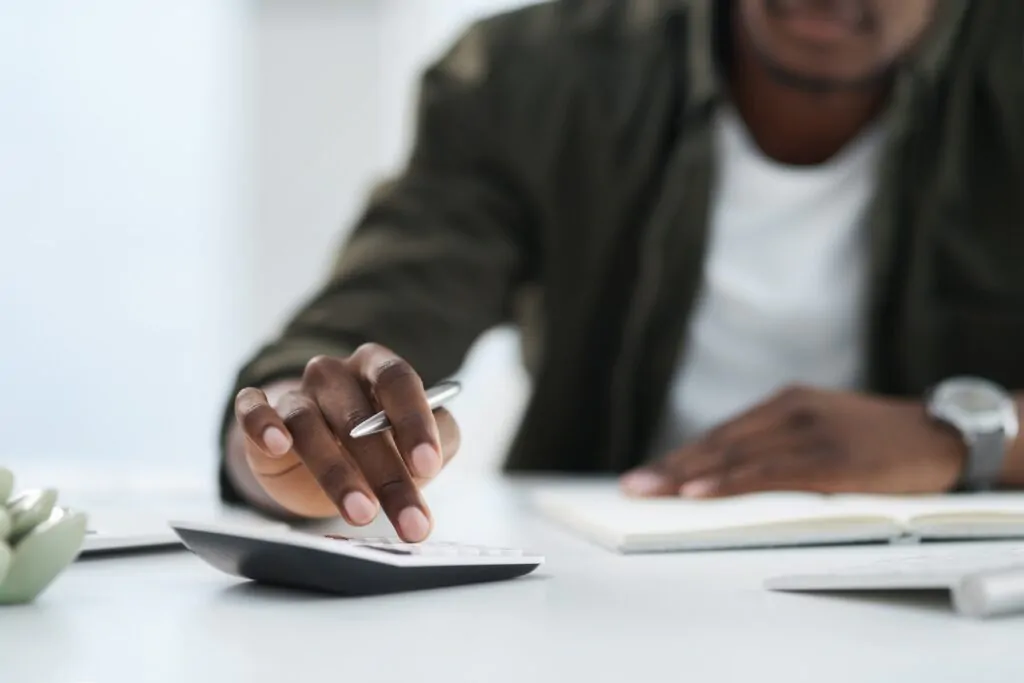You might feel confident in the amount of revenue your company earns. However, do you know how much revenue is potentially lost from wasted leads?
Even the best sales teams end up losing leads because they aren’t appropriately managed. So how do you optimize your sales reps’ time and effort? By calculating revenue per lead.
Understanding how much revenue each lead generates will show you where you can improve your sales funnel.
This guide will teach you how to correctly analyze your revenue per lead to make your sales team more efficient.
Key Takeaways
- Calculating revenue per lead can expose inefficiencies in your sales process.
- Knowing your revenue per lead helps you accurately predict how much you can spend on lead generation.
- With an accurate revenue per lead calculation, you can maximize the efficiency of your sales team and give each rep the right number and the right kind of leads.
What Is Revenue Per Lead?
Revenue per lead (RPL) is a common metric used by many sales and marketing teams. In its basic form, you take the total revenue generated by leads and divide that by the number of sales-qualified leads (SQLs). Businesses typically calculate this for the year or by quarter.
For example, if you had an annual revenue of $450,000 and had 900 SQLs, then your revenue per lead would be $500.
RPL = $450,000/900 = $500 per lead
Why Should You Calculate Revenue Per Lead?
Calculating revenue per lead can show you inefficiencies in your acquisition process. When you consider the sources for all your leads and then consider the revenue generated from each source, you may discover areas that need improvement.
Calculating RPL can also help you determine how much you can afford to pay per lead and how streamlined your sales funnel is.
How Much Can You Pay Per Lead?
You should have a set budget for lead acquisition. The maximum amount you want to pay for each lead is called willingness to pay (WTP). Your revenue per lead is the ideal metric to use when determining how much you can afford to pay for each lead.
For example, with a revenue of $500 per lead, you need to spend less than $500 for each one. This is called the cost per lead. If you spend more than $500 per lead, that will put you at a loss.
How to Accurately Calculate Revenue Per Lead
There are two steps you can take to calculate your RPL.
Consider All Lead Sources
While calculating revenue per lead seems simple on the surface, many businesses make mistakes by not considering all the lead sources and the various campaigns from each source. You can get a more accurate picture of your lead-generated revenue with a differentiated breakdown.
Here are some of the most common lead sources:
- Social media posts
- Marketing ad campaigns
- Conferences and events
- Referrals from customers
- Your blog and website
- Product or service demos
- Philanthropy work
Analyze the Revenue Per Lead Source
You will get leads from a variety of sources. Once you know the source of each lead, you can break down the revenue generated from each source. This will give you a more accurate picture of your best and worst-performing lead generators.
This chart shows you an example of what this could look like with a total revenue of $1 million.
Source: Vouris
With data like this, it gives you a much clearer picture of how much you should be spending on lead generation per source because it considers the profit margins from each type.
For example, the costs associated with a conference exhibit are higher than the costs of a data provider. This means the WTP for leads at a conference is much lower than for a data provider. In this example, you multiply the RPA by the profit margin to calculate that.
WTP = $454 x 20% = $91
If you end up spending more per lead than your WTP amount, you could end up with a profit loss.
How to Maximize Your Revenue Per Lead
Once you have calculated your revenue per lead, now it is time to put that number to work. Here are the next steps:
Find Your Team’s Average RPL
Look at your sales representatives and how they perform individually with their leads. You will need to calculate the revenue per lead for each rep and each lead category to do this. With these numbers, you should come up with a team RPL average.
Compare Each Rep’s RPL to the Team RPL
If certain reps fall below the team RPL average, they likely have more leads than they can effectively manage, which could be costing you money in the end. Send those leads to other reps with a higher RPL average.
While you might think that your sales rep that brings in the highest revenue is your best performer, they might be squandering more leads than you realize.
Consider the words of expert marketer Neil Patel, “Don’t optimize for conversions, optimize for revenue.”
If this happens, it shows you that your top rep is an excellent salesperson, but you are giving them more leads than they can handle.
Assign the Right Leads to the Right Rep
Some of your reps may work better with certain leads than others. Look at the example situation represented by the chart below.
Source: Mattermark
In this situation, Rep A has mastered closing enterprise leads and has little success with SMBs. To maximize your lead revenue, you could take the SMB leads from Rep A and give them to Rep C, who does much better with those.
By playing to each person’s strengths, instead of trying to give everyone the same number of leads, you can potentially increase your overall revenue.
This video further emphasizes why calculating revenue per lead is essential to your sales team.
MXTR Can Improve Your Revenue Generation Through Automated Lead Management
With a properly managed sales team based on revenue per lead, you are on your way to closing more sales and generating more revenue. However, there still may be more room for improvement.
Many businesses lose leads because of long delays or transitions from one department to another. MXTR can help with that. We work closely with enterprise teams to ensure all customer touchpoints are connected. We then give you real-time data with actionable results.
Are you ready to maximize your revenue per lead? Schedule a demo with MXTR today.
Featured Image: istockphoto







